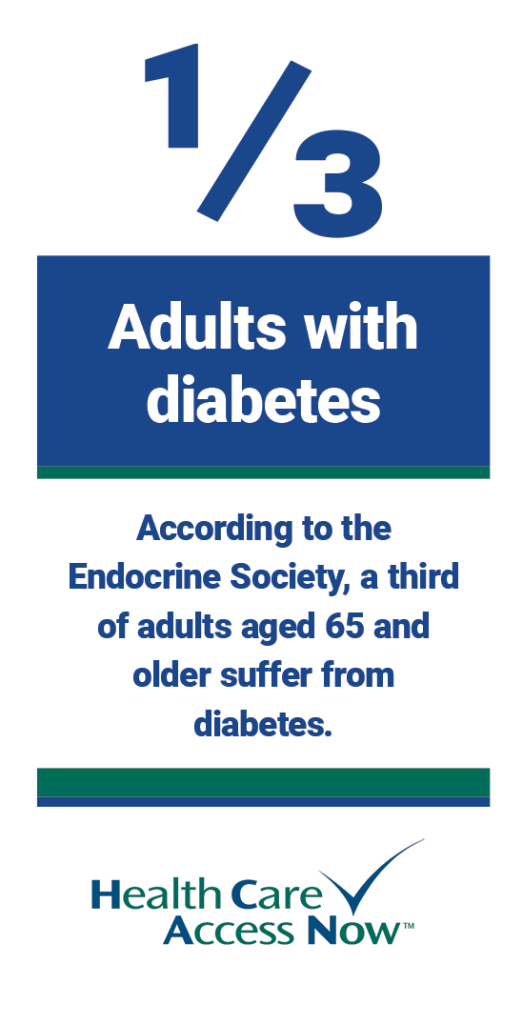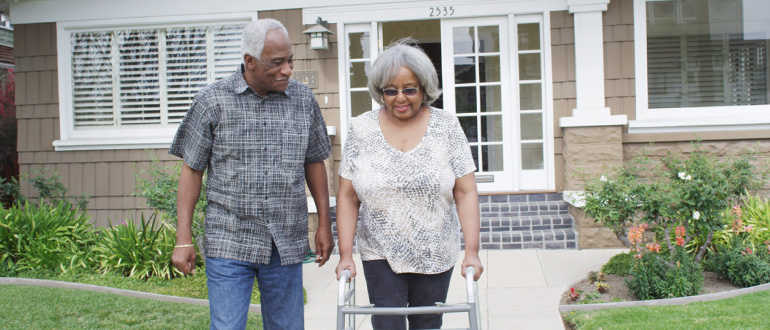Chronic disease: Issues faced by an aging population

People expect that their physical health will slowly deteriorate as they age. We all know it will happen. It’s just a matter of when it occurs and the severity and swiftness of the decline.
Here are some common issues that elderly people commonly face, coupled with some recommendations for keeping illness at bay for as long as possible. If an aging adult you know suffers from any of the below, they should see their doctor as well as making lifestyle changes.
1. Type 2 Diabetes
According to the Endocrine Society, a third of adults aged 65 and older suffer from diabetes. Having diabetes when you’re of advanced age puts you at higher risk for complications related to the disease, including heart disease and kidney failure.
Older adults (and their loved ones) should be aware of the symptoms of diabetes and make lifestyle changes to avoid or control the issue. Symptoms include fatigue, “increased hunger or thirst, losing weight without trying, urinating often,” and blurred vision.
Diet and exercise play a vital role in controlling and preventing diabetes. An exercise plan can be as simple as a daily walk around the neighborhood. And, if the elderly person in your life smokes cigarettes, encourage them to stop.
2. Heart disease
Symptoms of heart disease can be obvious or subtle. They include “chest pain during physical activity that gets better when you rest,” lightheadedness, and cold sweats.
Preventing and controlling heart disease requires nearly the same lifestyle changes as controlling diabetes does. Eating a healthy diet, excluding foods low in sugar and salt, quitting smoking, and staying active are all important ways to keep heart disease at bay.
3. Hypertension (high blood pressure)
When someone has high blood pressure, also referred to as hypertension, their systolic pressure is above 130 and diastolic pressure above 180. There may not be any symptoms indicating high blood pressure, but checking it is part of any medical visit.
Just as with the two previous chronic issues that are more likely to affect the elderly, diet and exercise play an important role in its control. Choosing whole over processed foods, avoiding foods high in salt and sugar, and moderate exercise all contribute to lowering blood pressure.
4. Arthritis
Pain and stiffness in the affected joint are indicators that osteoarthritis may be present. Arthritis in even a single joint could seriously impede quality of life.
There are a few risk factors for developing osteoarthritis, such as family history or malformed joints, that are outside of anyone’s control. But, maintaining a healthy weight and staying active can help reduce joint stress.
Any of these chronic issues could affect someone at any point in their lives, but they are more likely to appear as adults grow older.
Health Care Access Now (HCAN) and its Community Health Workers (CHWs) work with adults in vulnerable and marginalized populations to help them manage chronic disease, providing education on subjects such as smoking cessation and connecting them to resources that can help them achieve good health outcomes.







